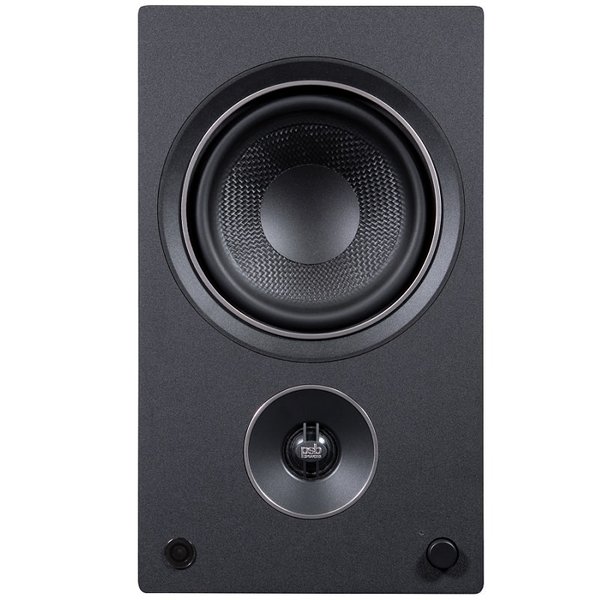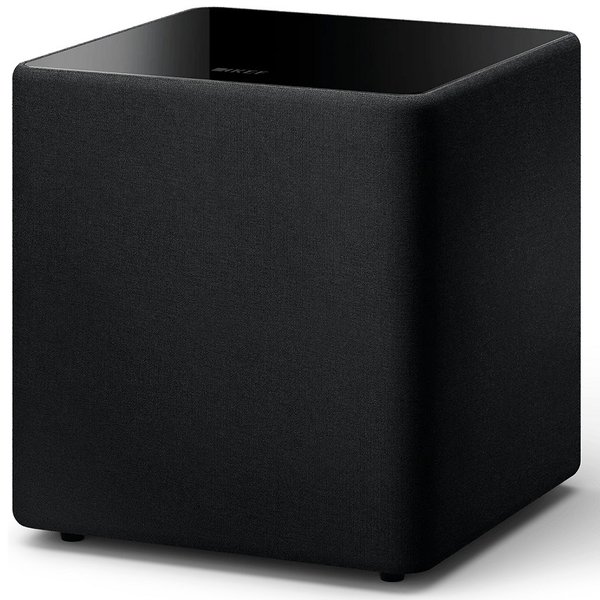QED Reference Optical Quartz TOSLINK to TOSLINK Optical Cable
S$200.00
Why You Should Get It
- Glasscore Technology
- Stepped Refractive Index
- 12mhz Bandwidth
- Ultra Low Jitter / Ultra Low Loss
Warranty
Lifetime warranty (international)
| Product Availability | Available (current model) |
| Product Type | Cable |
| Style/Type | Interconnect |
| Warranty | Lifetime warranty (international) |
If you're based in Singapore,
- spend $300 or more for free doorstep delivery1.
($250 for Silver/Gold/Platinum VIP members) - add a few more bucks, for an even quicker prioritised delivery.
- self-collection is possible at our Showroom, based in Ubi (nearest to MacPherson MRT). Find out where, and how to get to us here.
- and yes, you may arrange your own 3rd party logistics to pickup your purchases on your behalf.
GrabExpress, Lalamove, GoGoX, RydeSEND services are welcome.
Friends from Overseas,
- we do ship internationally.
- shipping fees will be displayed during checkout.
- do be aware of import tax/VAT that may apply.
1 Terms and condition do apply for free delivery. For more information, click here to view.
No Reviews Available Yet. Leave Your Review
| Product Availability | Available (current model) |
| Product Type | Cable |
| Style/Type | Interconnect |
| Warranty | Lifetime warranty (international) |
No Reviews Available Yet. Leave Your Review

Calling All Audiophiles!
Experience Sound Rewards Today.
A reimagined shopping experience for our loyal customers awaits.
Get rewarded with bespoke rewards as you shop with us!


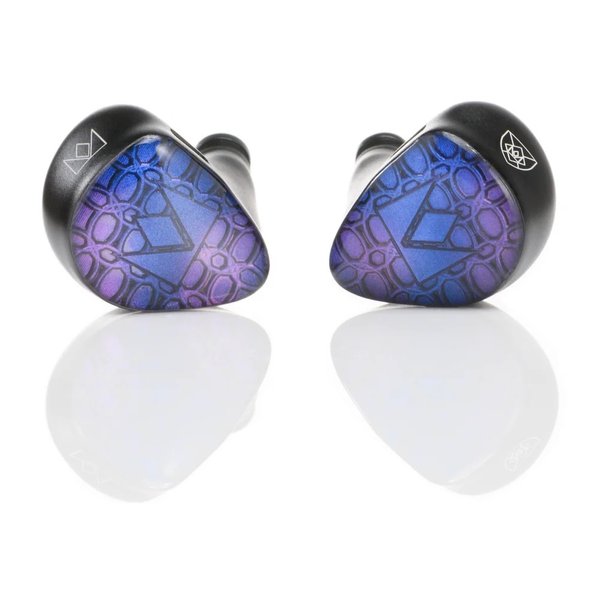
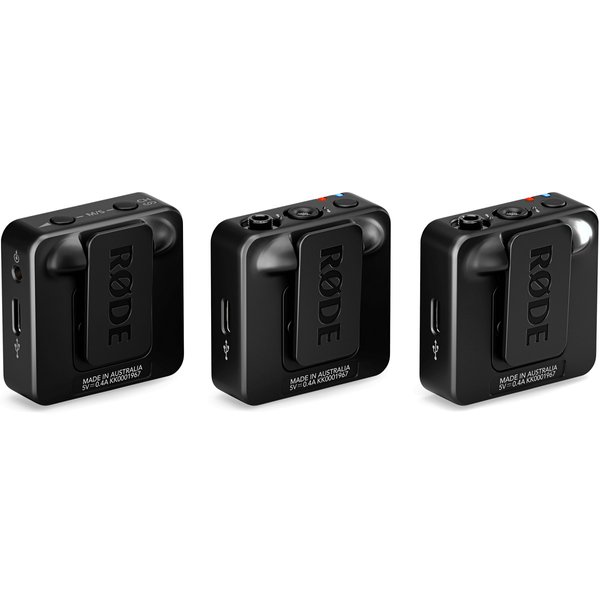



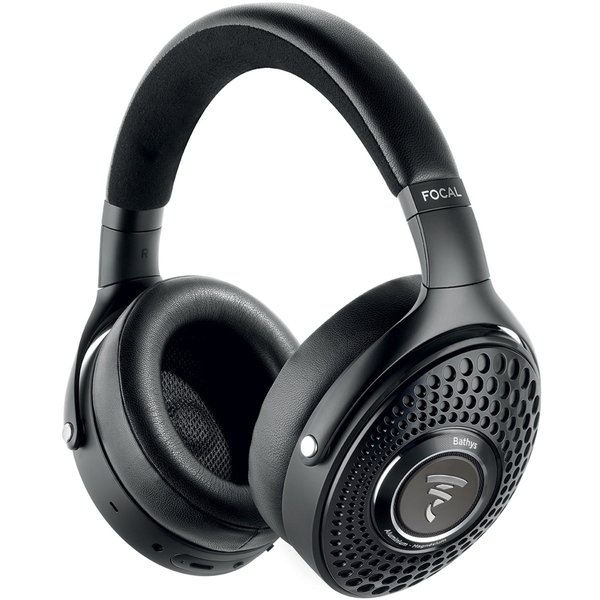











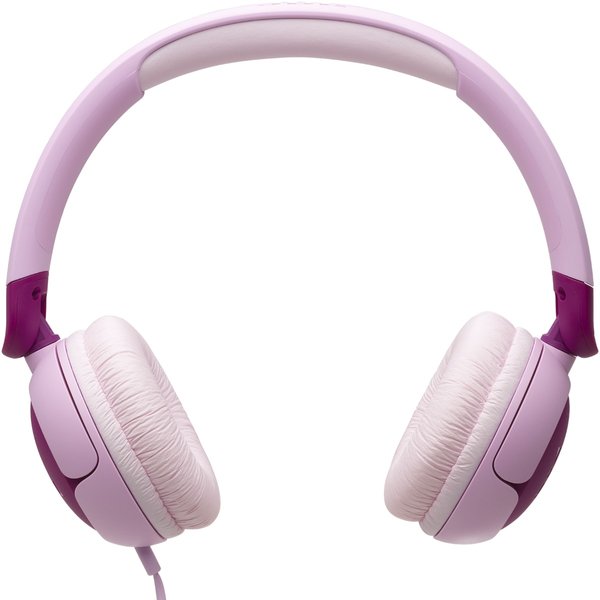
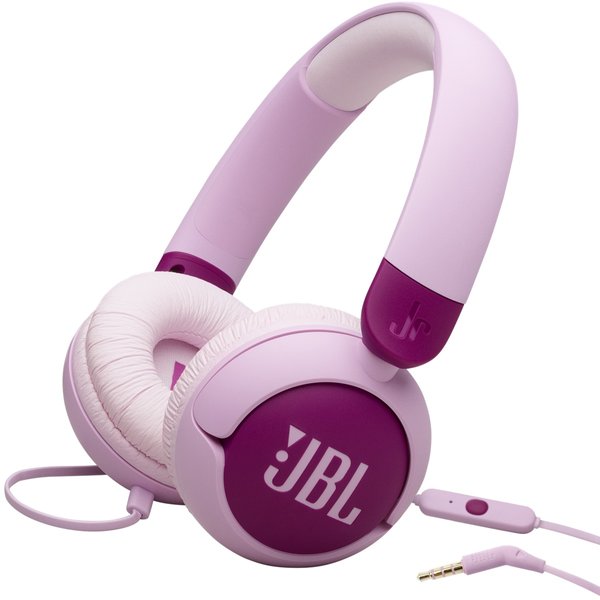







































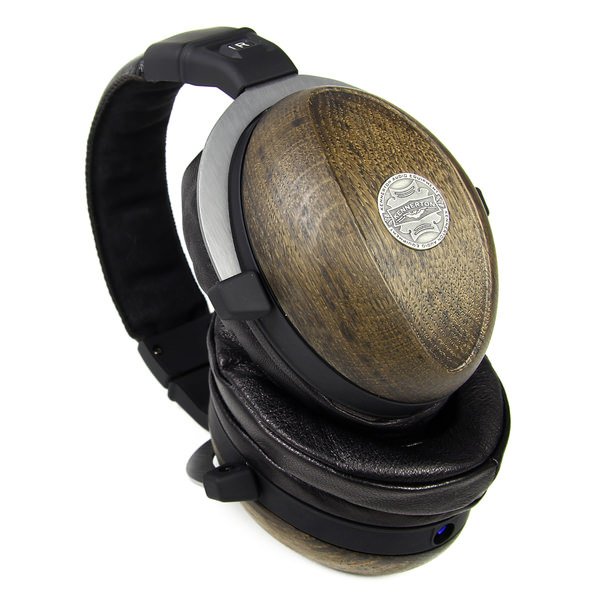

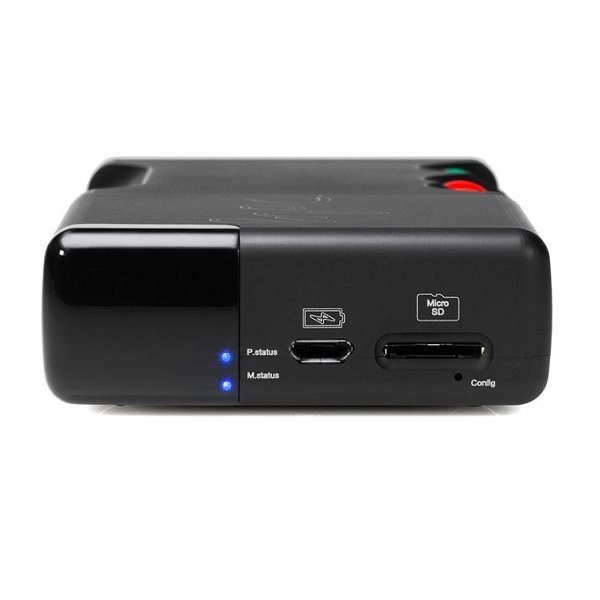



![QED Reference XT400 Speaker Cable [Unterminated] QED Reference XT400 Speaker Cable [Unterminated]](https://d30ek1sgwm2r4c.cloudfront.net/sites/files/treoo/images/products/202501/600xAUTO/qed-x-tube-xtube-xt400-cable_2.jpg)
![QED Reference XT400 Speaker Cable [Unterminated] QED Reference XT400 Speaker Cable [Unterminated]](https://d30ek1sgwm2r4c.cloudfront.net/sites/files/treoo/images/products/202501/600xAUTO/qed-x-tube-xtube-xt400-cable_1.jpg)
